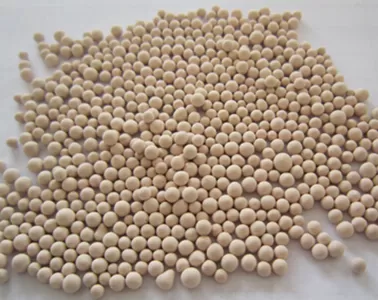molecular sieve regeneration relies on heating to desorb adsorbed molecules, with temperature being a critical factor. For common types, 3A and 4A molecular sieves usually require regeneration temperatures between 200°C and 250°C. This range efficiently removes water and small polar molecules without compromising their crystalline structure.

5A and 13X molecular sieves, often used for larger molecules like hydrocarbons, need higher temperatures—typically 250°C to 350°C. The increased heat helps dislodge heavier adsorbed substances that bind more strongly to the sieve’s surface.
The packing density of molecular sieve in industrial columns also influences temperature requirements. Denser packing may require slightly higher temperatures or longer heating times to ensure uniform regeneration across the entire bed. Conversely, well-distributed packing allows heat to penetrate evenly, optimizing the process.
Regeneration temperature must balance effectiveness and safety. Exceeding 400°C can damage the molecular sieve’s porous structure, reducing its adsorption capacity over time. Meanwhile, insufficient heat leaves residual molecules, lowering efficiency in subsequent cycles.
Controlled heating, often paired with inert gas purging, ensures thorough regeneration. This process restores the molecular sieve’s adsorption capabilities, making it reusable and cost-effective in applications like gas drying and solvent recovery.

